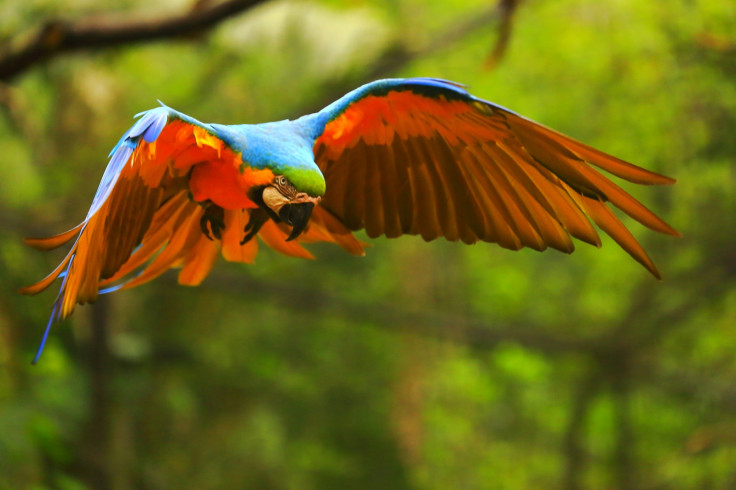Millions of years ago Siberia was hot - and home to parrots
A fossil shows that parrots like those alive today were in northern Asia millions of years ago.

A team of palaeontologists who had been digging near Lake Baikal in Siberia since 2010 found a parrot bone among a treasure trove of fossils. Among the large bones of hippos and rhinos they found tens of thousands of bones and teeth from small animals.
When sifting through this huge collection, a fossil turned up that Nikita Zelenkov, a palaeontologist at the Borissiak Paleontological Institute of Russian Academy of Sciences, identified it as a tiny parrot bone. Their findings are published in Biology Letters.
The bone sat in a box on her desk for a couple of years, she says, before she started to look at it carefully. "When I saw this parrot bone, I immediately recognized that it was a parrot, because parrots are highly specialised and hence are easy to identify," he told IBTimes UK.
The bone – which connected the parrot's ankle with its toes – is a fairly small fragment, Zelenkov says. "Unfortunately, the bone is poorly preserved, so I cannot say much except that it was a parrot. it was small, the size of budgeriar. Probably nothing more." The parrot, she says, would look much like modern parrots as it has corresponding anatomy.
While parrots might normally be associated with warmer places than freezing Siberia, this region, in fact, had a much hotter climate millions of years ago, Zelenkov says. "This finds refers to a time interval which is called Miocene climatic optimum. That was a warm time globally," he says. The range of animal remains that the team has found in that area supports the theory that Siberia had a subtropical climate in that period.

Finding a parrot in this region of Asia came as quite a surprise. "This is absolutely new to science," Zelenkov says. "Siberia is one of the most promising territories for paleo-ornithology because we know almost nothing about its ancient bird fauna."
Zelenkov says that his work on this particular specimen is done, because the fragment is small and there is not much more to learn from it. "But we will continue excavating fossils in Siberia," he says. "This work must result in something similarly interesting in future. At least I expect more (better preserved) bones to get an idea of the relationships of this Siberian parrot."

© Copyright IBTimes 2025. All rights reserved.






















